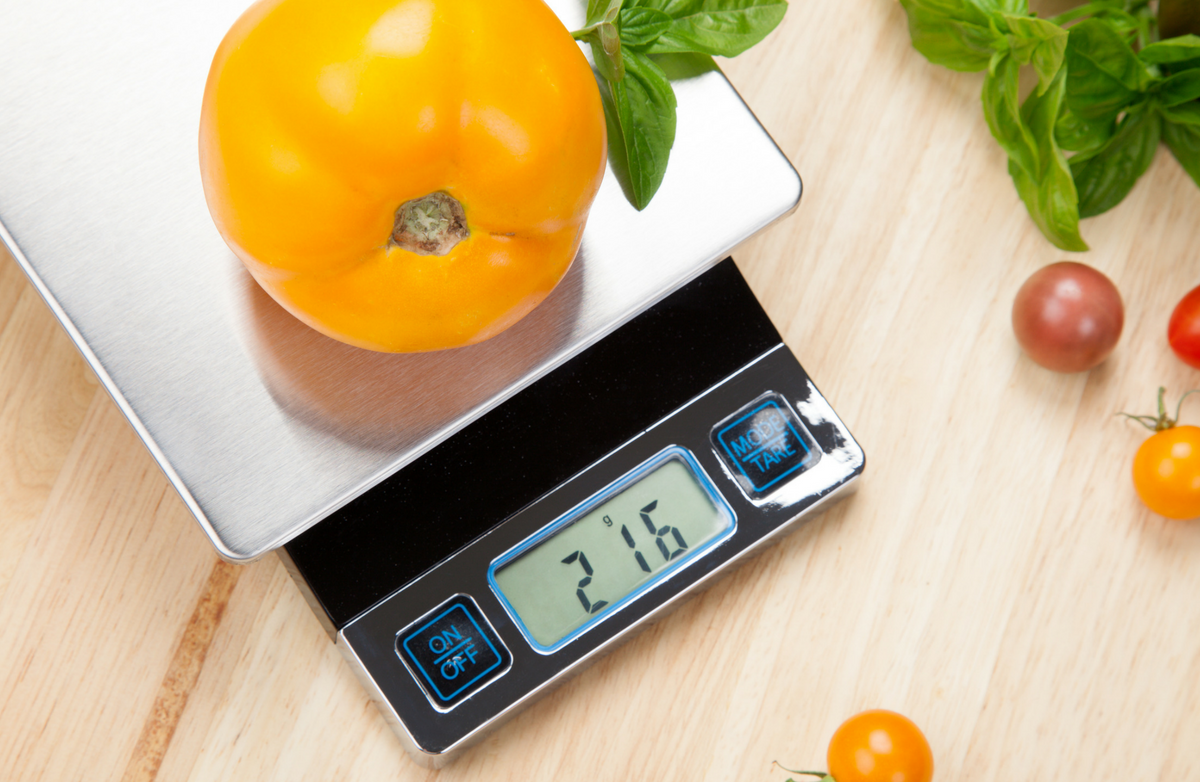|
What's dried, round and sustainable all over? Give up? Pulses! No, not the kind of pulse that you take after working up a sweat—these pulses are edible. Though you may not have heard of the term pulse specifically, this healthy food is nothing new. In fact, the United Nations declared 2016 the International Year of the Pulses to raise public awareness of both their nutritional benefits and the part they play in sustainable food production around the world. What Are Pulses? Though the moniker might have thrown you for a loop, "pulses" are made up of a common food grouping of 12 plants that includes dry peas, beans, lentils and chickpeas. While technically all pulses are legumes, the key differentiator is that pulses are legume seeds that are specifically harvested to be dried. Fresh legumes (such as soybeans, green beans and peas) are not pulses. The Benefits of Pulses: for You Recommended as part of a well-rounded diet, pulses are nutrition powerhouses, boasting high fiber content, protein, iron, potassium, antioxidants and folate. They are also sodium-, gluten- and cholesterol-free. A good source of plant-based protein, pulses contain two to three times the amount of protein found in cereal grains such as oats, barley, corn and wheat. When a plant protein from pulses is eaten in combination with another plant protein, (such as those found in grains), they combine to deliver essential amino acids necessary for good health. One cup of cooked pulses contains an entire day's worth of fiber. The soluble fiber they contain helps manage body weight and blood sugar levels and can even help lower cholesterol. Plus, regularly eating pulses can also reduce your risk of heart disease, certain kinds of cancer and diabetes. The Benefits of Pulses: for the World Although pulses are most popular in developing countries, they are increasingly becoming recognized as an important part of a healthy diet the world over. Some of the world's biggest pulses producers include India, Canada, Myanmar, Russia, Nigeria, Brazil, Australia and the United States. In most parts of the world, pulses are cheaper than animal proteins. As a result, they are seen as a better, easier-to-access nutritional solution to problems such as obesity, intestinal health, malnutrition and diabetes. In addition to their nutritional benefits, pulses also promote sustainable agriculture. They help to decrease greenhouse gases, use less water to grow and, as nitrogen-fixing crops, serve to increase soil fertility. Compounds left behind by pulses feed the soil's microbes and benefit overall soil health. Growing crops in rotation with pulses enables the earth to support organism diversity that help maintain and increase soil fertility. When microbial life flourishes, this helps the soil fend itself from disease, weeds and insects, giving way to a more successful harvest. The United Nations hopes that their recognition of pulses creates an opportunity to connect the world's food chain to better utilize pulse-based proteins, crop rotations, trade challenges and to further the global production of pulses. Incorporating Pulses into Your Diet Ready in just 15 to 30 minutes—roughly the same amount of time it takes to prepare pasta and rice—pulses are delicious and can be found in a plethora of recipes or can be added to salads, baked potatoes or other side dishes. Pulses also make a great addition to meatless Mondays and can make your meat dishes go further. Consider adding lentils to taco meat, beans to chili or chickpeas to a chicken casserole for a healthy protein booster. Pulses in their dried state should be kept in a sealed container in a cool, dry place. They can be kept indefinitely, even if you notice their color fades—this doesn't change their flavor. Once cooked, they should spend no more than two hours at room temperature. Refrigerate any leftovers and use within three days. Have you tried pulses? Share your favorite recipe in the comments. |
More From SparkPeople
|











.jpg)



/61536ada-f132-4fd5-bd3a-054cf25b8720.jpg)

.jpg)



